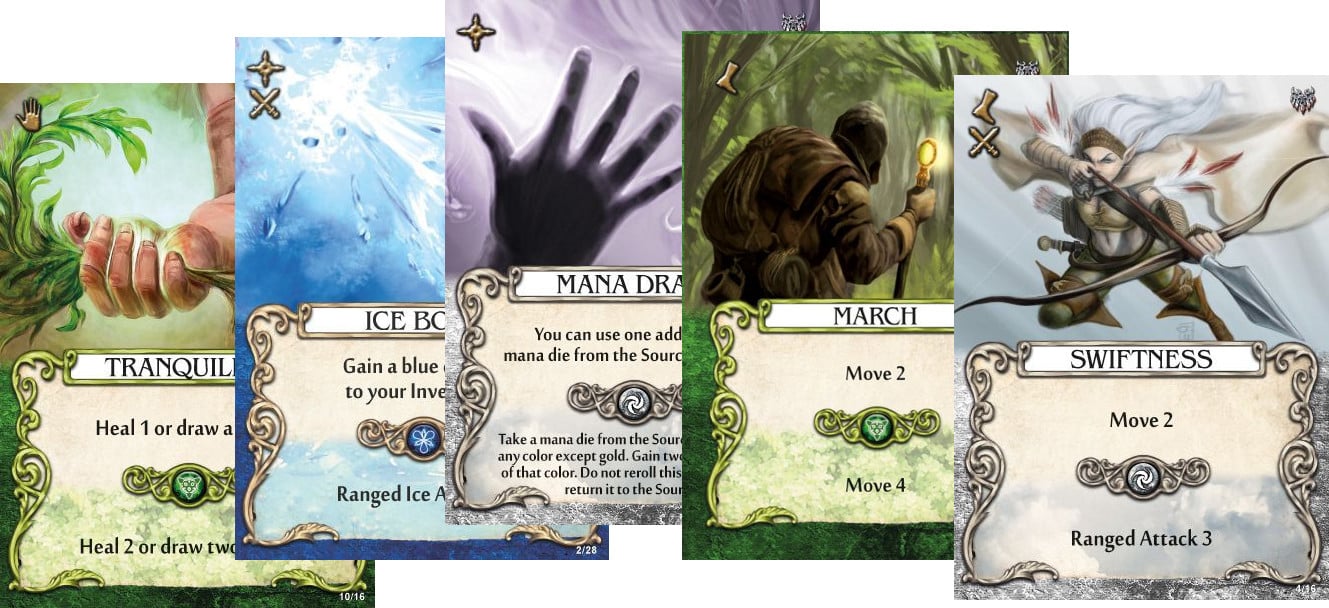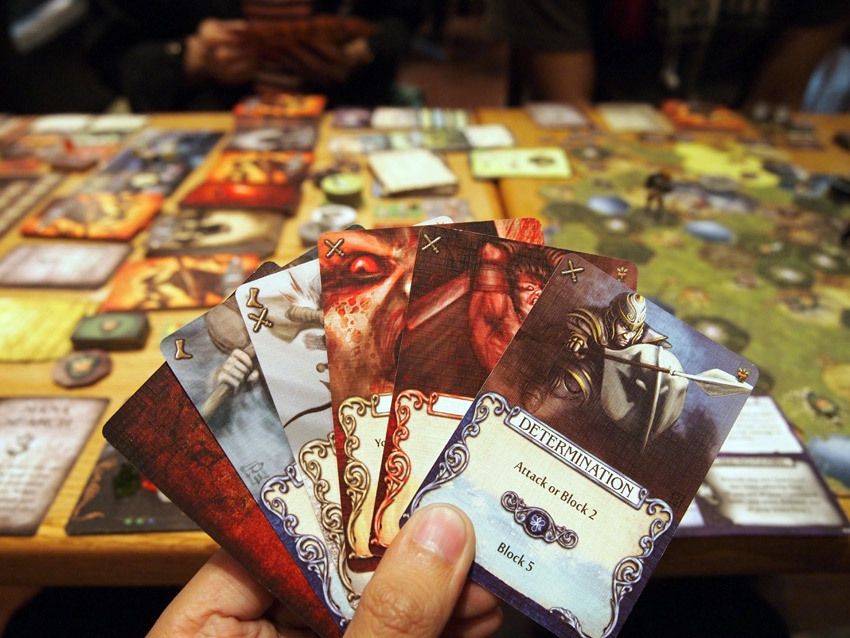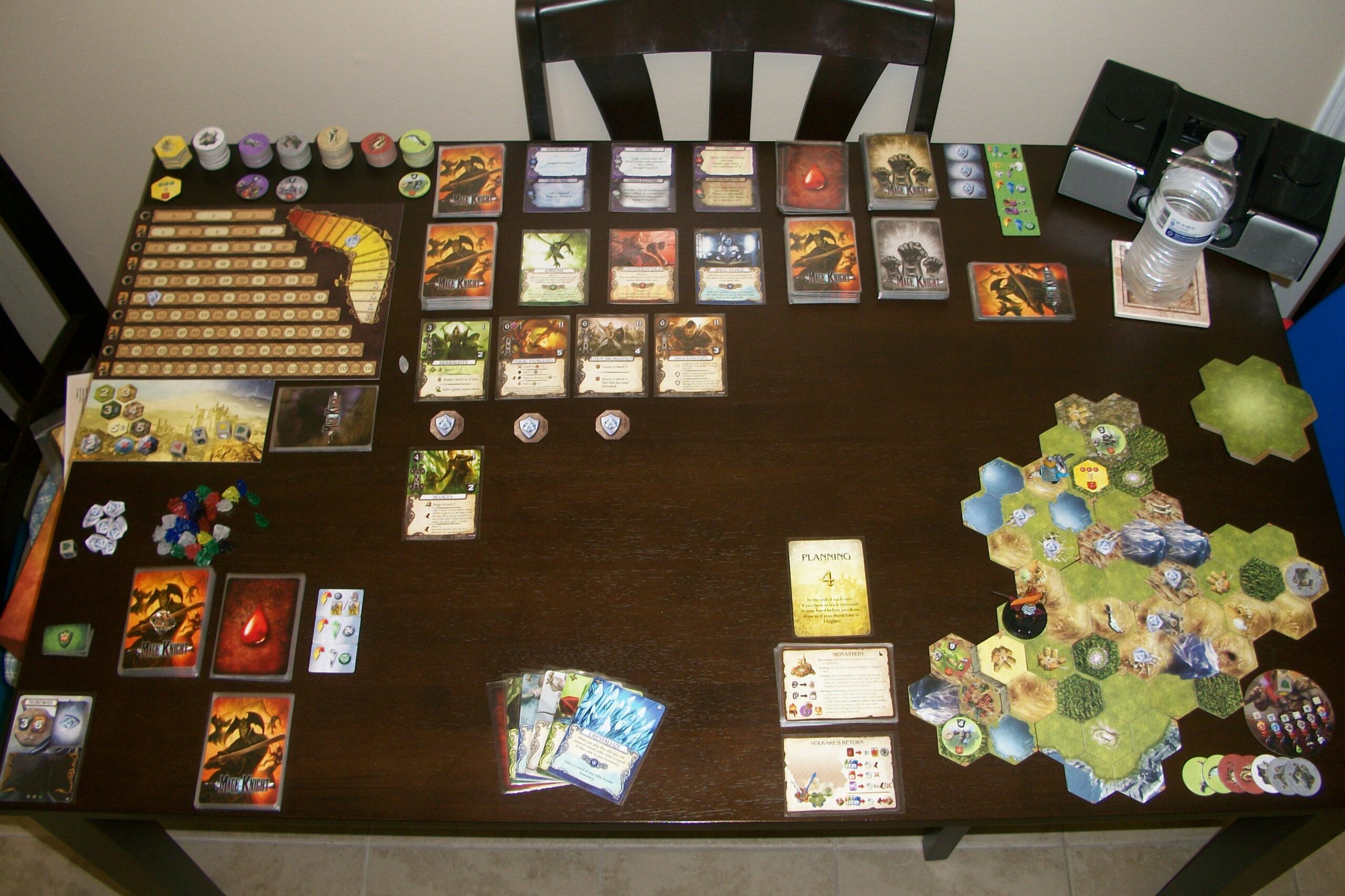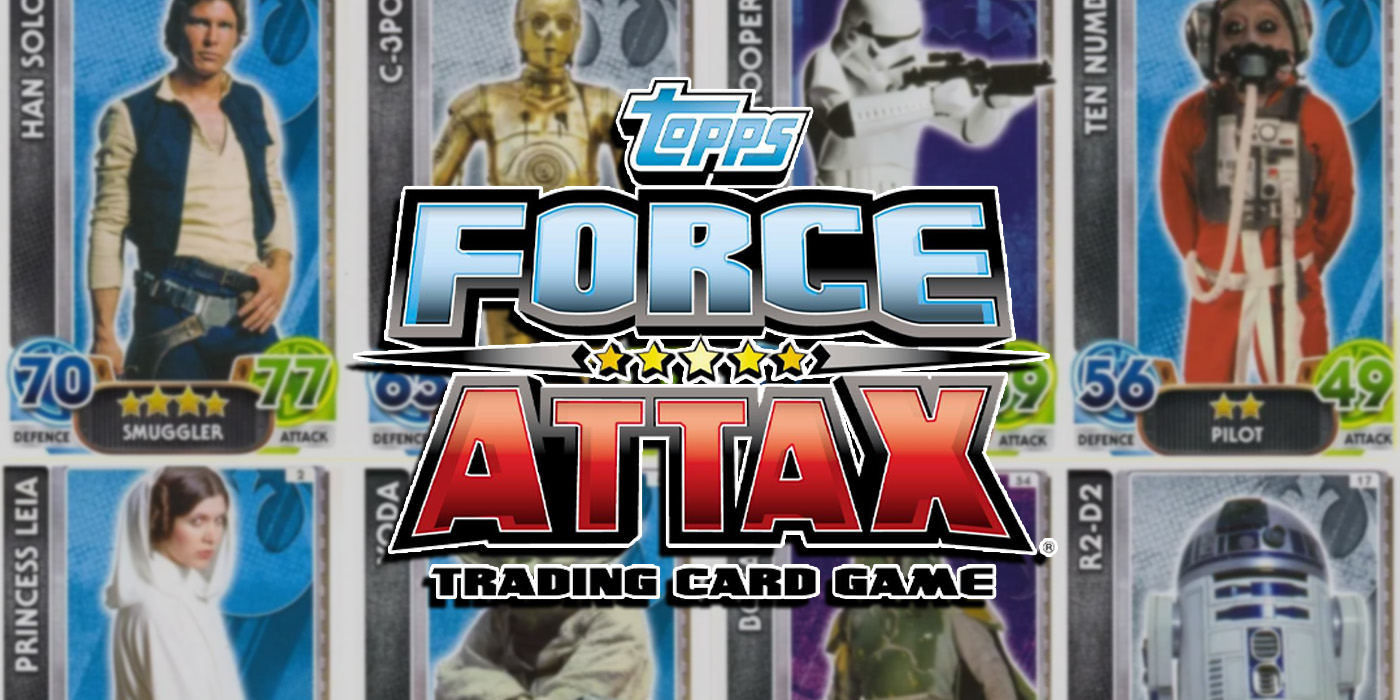Even After All These Years, ‘Mage Knight’ is Still My Favorite Board Game
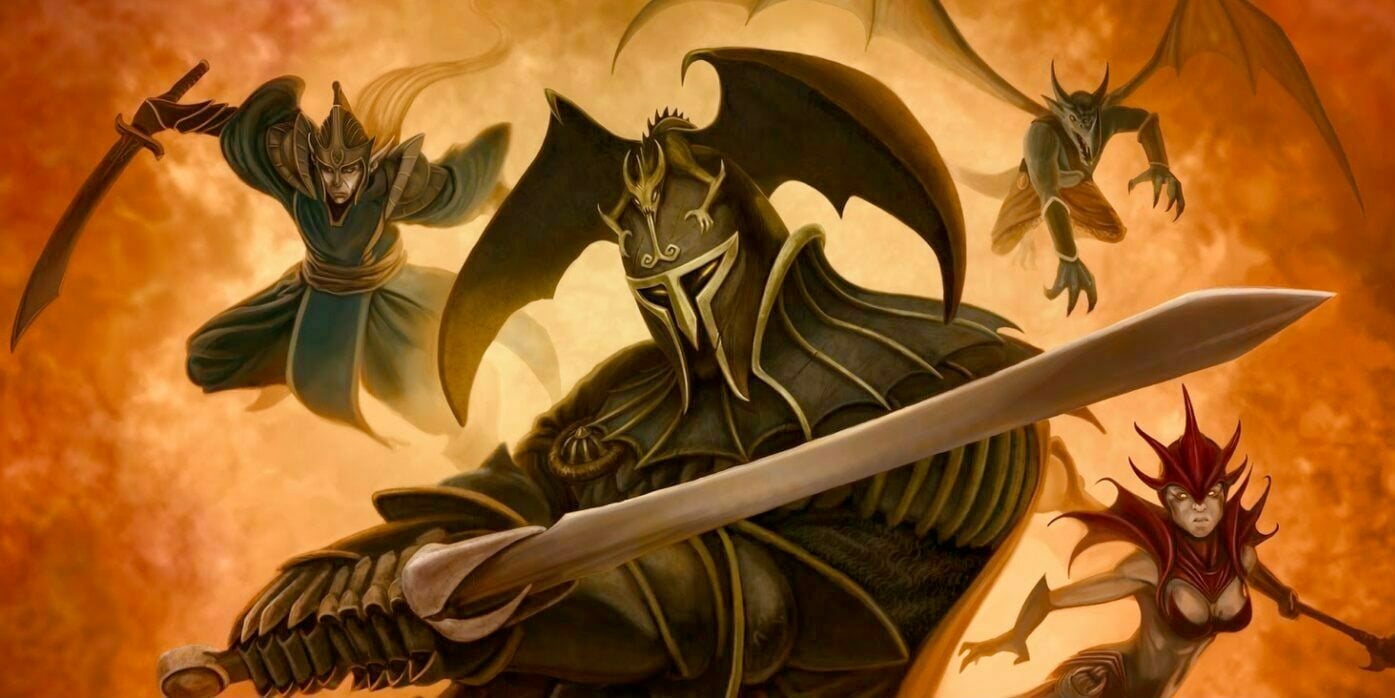

Mage Knight may be over a dozen years old, but it still scratches an itch like no other board game does.
To be more specific, Mage Knight is still my favorite solo board game ever. My multiplayer favorite is probably Root, but I’d have to think about it. I don’t care how many people I offend with this incredibly divisive opinion, and I’m voicing opinions about this game that no one has ever openly stated before.
But through bravery and self-righteousness, I will push onward and let my voice be heard!
What is Mage Knight?
Mage Knight is a deck-building, resource management game with dice rolling, RPG, exploration, and modular board mechanics set in a fantasy universe. Needless to say, it’s got a lot of elements to it.
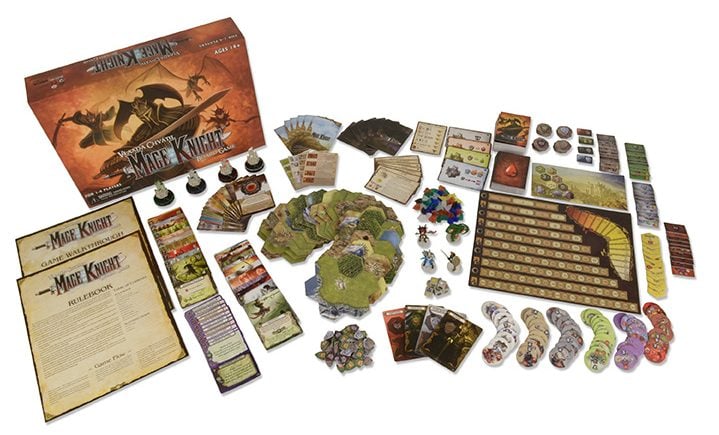
Each player chooses a Mage Knight and takes their starting deck of cards. These cards allow the Mage Knights to Move, Attack, Block, and gain allies. Each turn, the Mage Knight has their hand of cards to perform their turn. Every card can be used in multiple ways, which gives a certain ‘puzzle’ aspect to the game.
Throughout the game, players explore and expand the map through one of my favorite game mechanics: modular map tiles. Each map tile has a variety of different terrain features and important locations that offer rewards and challenges. On top of that, some monsters populate the map. Each monster has different attack and defense values, special abilities during combat, and rewards offered if defeated.
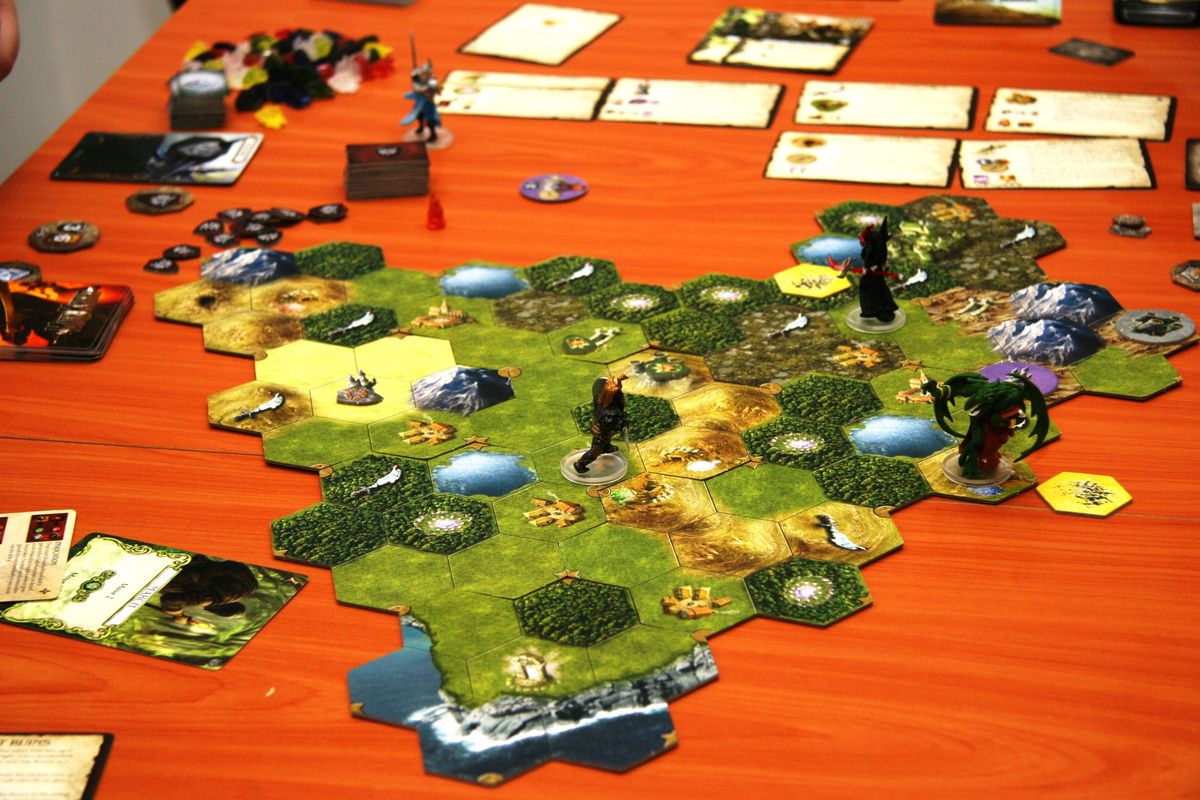
Mage Knight comes with a variety of scenarios to play through. Each has a specialized setup and objective to achieve victory. Some scenarios are meant to be played solo, cooperatively, or competitively. There are also tons of fan-made scenarios available online.
Why I like it
Puzzles
Mage Knight is primarily a puzzle game. Each scenario has a specific time limit and a goal. If the player fails to achieve that goal within the listed time limit, they fail. To that end, each turn requires the player to optimize their hand to take as many steps towards achieving their goal as possible.

This is why so many people (including myself) claim Mage Knight is best as a solo game. The “best” way to play is slowly. Each turn should be methodical and calculated. In multiplayer games, that is tedious at best and frustrating at worst.
When I play Mage Knight, I play like I would a jigsaw puzzle. I set up the game in a separate room and over the course of a few days, I play the game for an hour or so at a time.
Role Play
When trying to sell people on Mage Knight, I tell them it’s the Skyrim board game without the Skyrim; another board game I really enjoy. Mage Knight does a great job of encompassing that open-world role-playing game feel. Mage Knight allows for a free-range mode where the players don’t really have a specific goal or time limit. This grants essentially no restrictions on what the players can do once they are free to explore.
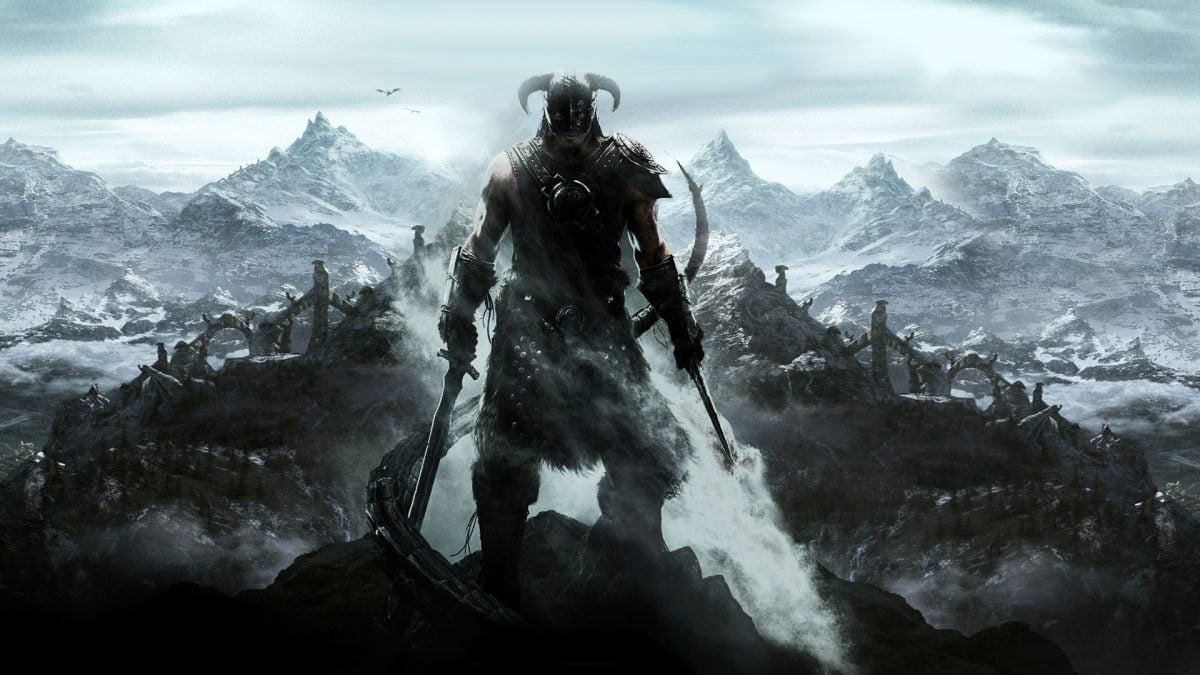
For example, Mage Knight‘s reputation system allows good mage knights to gain powerful allies. However, evil mage knights can pillage villages or burn down monasteries. Doing these things ruins their reputation, but grants them other rewards like bonus cards or powerful artifacts.
Multiple Playstyles
Each Mage Knight character starts with a couple of unique cards and special talents that help focus their deck mechanically toward a certain playstyle: aggressive, defensive, mobile, etc. However, even with these, the game allows a multitude of different playstyles through the advanced abilities, artifacts, and spells available.
Perhaps the best example is Arythea. For every other player, Wound cards are gained when injured and are a burden that clogs the player’s hand. However, Arythea has a special talent that allows her to use Wound cards in her hand to her advantage and make a whole playstyle around it.
Defending Arguments Against Mage Knight
Takes Too Long to Play

Like I said, this is a game best-played solo, as how you would ‘play’ a jigsaw puzzle. Set it up and play it over a few days. I’ve have and will spend a whole day playing the game over several hours, but I really love Mage Knight.
For every else, play it solo or with a roommate or significant other for a couple of days.
Too Much Looking Things Up
This game has a lot of monsters, locations, talents, and more. They each have their own library of icons which make it easy to know what the the is and does at a glance. Also, the game comes with handy reference cards for each location type. In the first few playthroughs, it can be difficult to remember how each different location operates. But trust me, after a few games you’ll know them like the back of your hand.
Requires Way Too Much Table Space
Okay, you got me there.
Final Thoughts
If I’m being fair, I do understand why some people don’t like Mage Knight. I don’t like it (or you), but I understand it.
If you don’t like puzzles and marathon games, then maybe this game isn’t for you. But if you’re a good person and like fun, then you will definitely enjoy Mage Knight.

